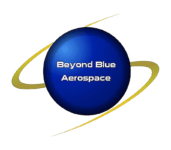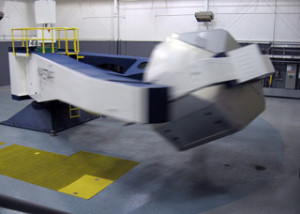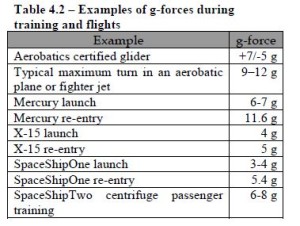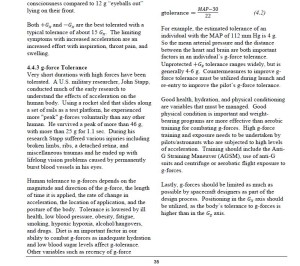Thursday March 17th, two of our pilots will be participating in a University of Texas Medical Branch led Commercial Spaceflight Passenger Training Study at The NASTAR Center.
Our pilots will experience a simulated suborbital spaceflight at The NASTAR Center using its high-performance centrifuge-based simulator. This simulator is capable of generating high onset-offset, sustained acceleration (“G”) forces similar to those experienced in high-performance aircraft or commercial spacecraft.
They will be trained on various human factors aspects of suborbital spaceflight and then evaluated during a full-scale version of a commercial spacecraft profile. The maximum G-level is up to +4Gz (acceleration aligned in the head-to-toe direction, up to 4 times the force of gravity) and up to +6Gx (acceleration aligned in the chest-to-back direction, up to 6 times the force of gravity). During the study, they will be trained on certain techniques that are commonly used to counteract the physiological effects of G-forces.
Here are some excerpts from our Suborbital Pilot’s Ground School Manual on the topic …
Good health, hydration, and physical conditioning are variables that must be managed. Good physical condition is important and weight-bearing programs are more effective than aerobic training for combating g-forces. High g-force training and exposure needs to be undertaken by pilots/astronauts who are subjected to high levels of acceleration. Training should include the Anti-G Straining Maneuver (AGSM), use of anti-G suits and centrifuge or aerobatic flight exposure to g-forces.
We are excited about the opportunity to participate in this study and have been following our own advice from the ground school manual in preparation. See you in Philly on Thursday !










